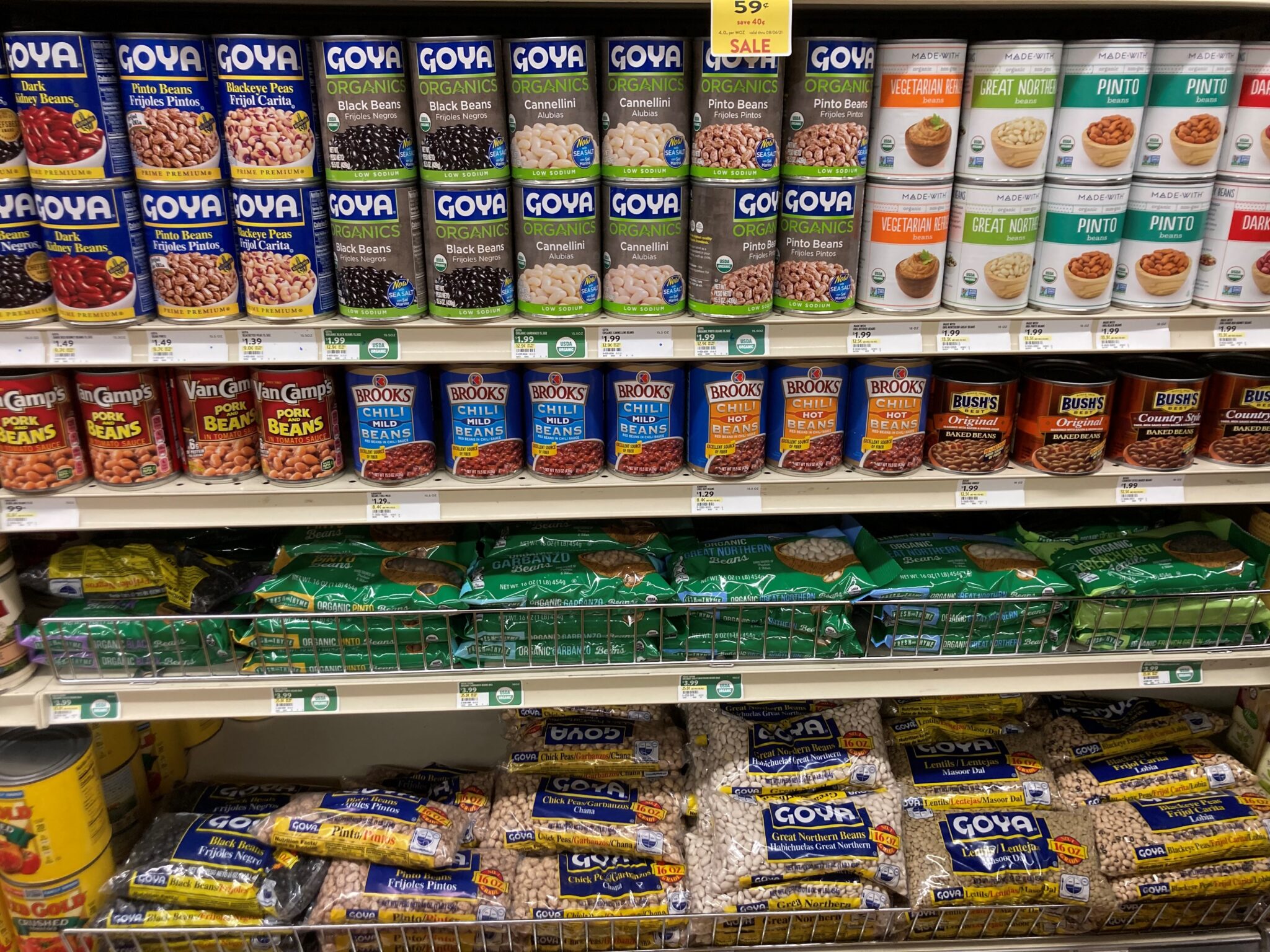Many times I get frustrated when I go to the grocery store. The task seems simple enough; purchase a can of beans. The problem for me as I stare up and down the bean shelf is there are too many darn bean choices. Some are no spice, low spice, medium spice, or hot spice. Some are white beans, red beans, black beans or brown beans. Beans are labeled by Company A through Company G. Some are higher price, moderate price or lower price. The beans are canned, in glass, or in a plastic bag. After complete evaluation, I make my decision on what bean type I am going to buy after too much valuable time has passed. Then, I need to move up the aisle and do the same thing with corn and carrots.
I hope you take more time evaluating what forage species and variety of that species should be purchased than the time taken to buy a vegetable at the grocery store. I perceive that way too often a person walks into a farm store and purchases an inferior forage variety because they don’t start the evaluation process soon enough and the top varieties have already been sold, they are novices and don’t realize that there are variety choices within a forage species, or the farm store employee is not fully informed on the differences among species and varieties.
I encourage you to get seed ordered now if you have perennial forages to seed in the next month. Do not wait until the week before seeding to start the process. I understand that the seed harvest in the Willamette Valley in Oregon where much cool-season grass seed production occurs has not had a stellar year with grass seed production. For those of you planning on seeding cover crops this fall and forages next spring, begin the species and seed selection process sooner than later.
What considerations should be made when selecting a forage variety?
- Seed source – Select a seed company that has personnel that understands the product they have to sell and can give specific information about forage species and species within a variety.
- Named variety – Select a named variety and not one with “Variety Not Stated” or “VNS” on the seed tag. The genetic attributes of unnamed varieties are not known.
- Yield – See if yield data is available for performance comparisons among varieties. Put more trust in true yield differences among varieties when statistical analysis has been done and are part of the data tables.
- Seed Quality – Be aware of germination and purity of the seed before it is purchased. Low germination, high hard seed count in legumes, and low purity seed are not desired. Note whether there are weed seed and other crop seed with the desired forage seed species. The following link provides useful information about reading seed tags. https://extension.purdue.edu/extmedia/AY/AY-375-W.pdf
- Forage Quality – Less likely to be found than yield data, but consider selecting a sorghum-sudangrass or pearl millet with the brown midrib trait for improved digestibility. Less lignin alfalfa varieties are now available, too.
- Resistance – Diseases that are problematic in your area should be considered when selecting varieties. Genetic resistance to diseases is an important step in reducing yield and forage quality losses, and improving persistence of the forage. Potato leafhopper resistant alfalfa varieties are available to lessen damage caused by this sap-sucking insect. Orchardgrass leaf diseases can be reduced by selecting varieties with high resistance.
- Persistence – Perennial forage varieties that are economically sustainable through many seasons are preferred to short-lived ones.
Excellent management skills are necessary to exploit the value of improved varieties. Use “Best Management Practices” as it relates to soil fertility, seeding date, seeding rate, harvest date, grazing intensity, and scouting to get the most from purchased varieties.
Take time to select forage species and variety choices. It has more value than selecting a bean type in the grocery store!



